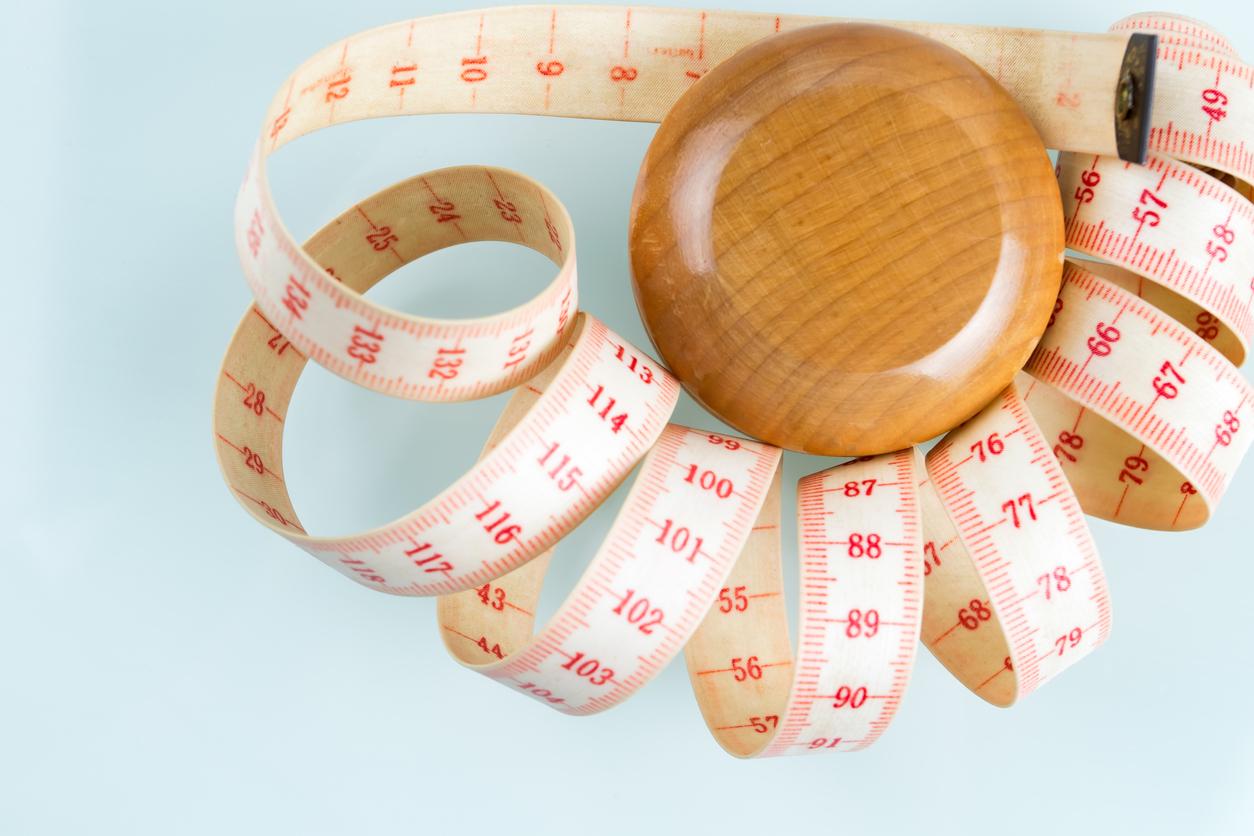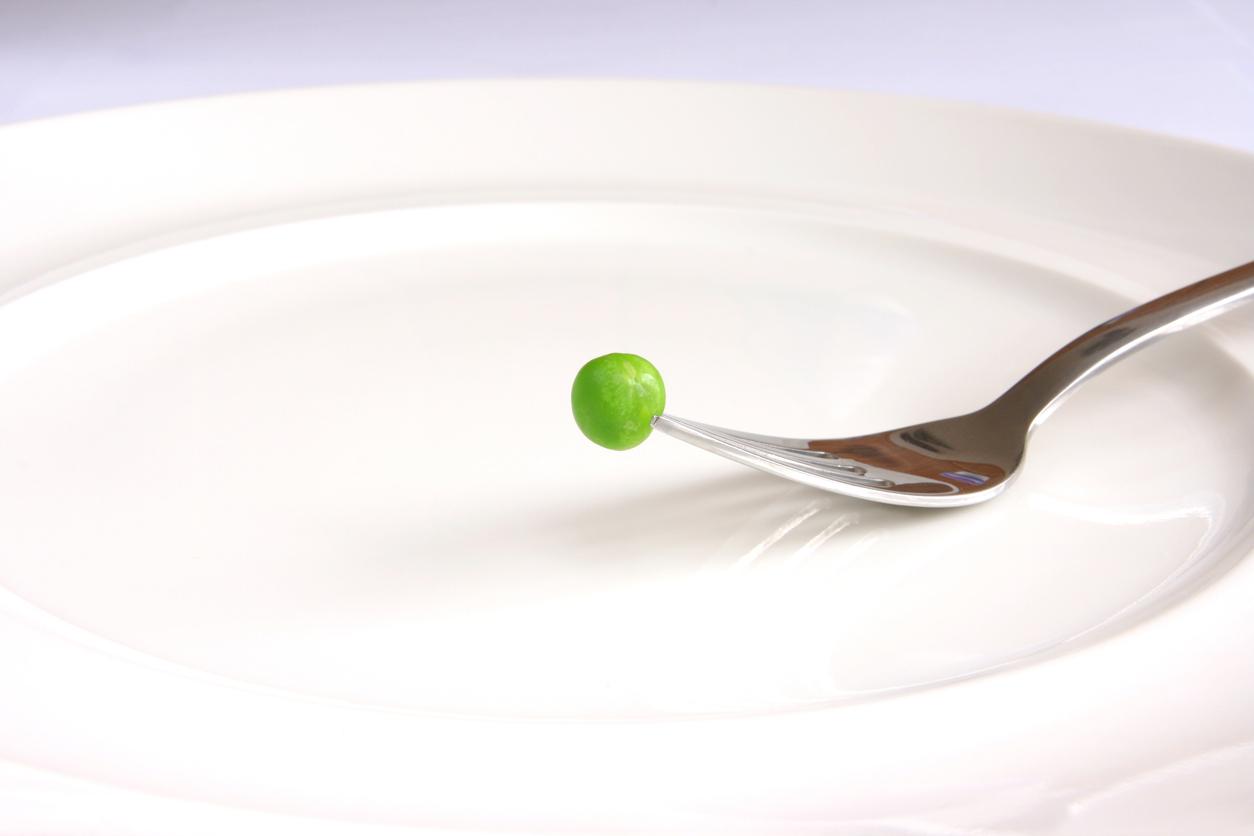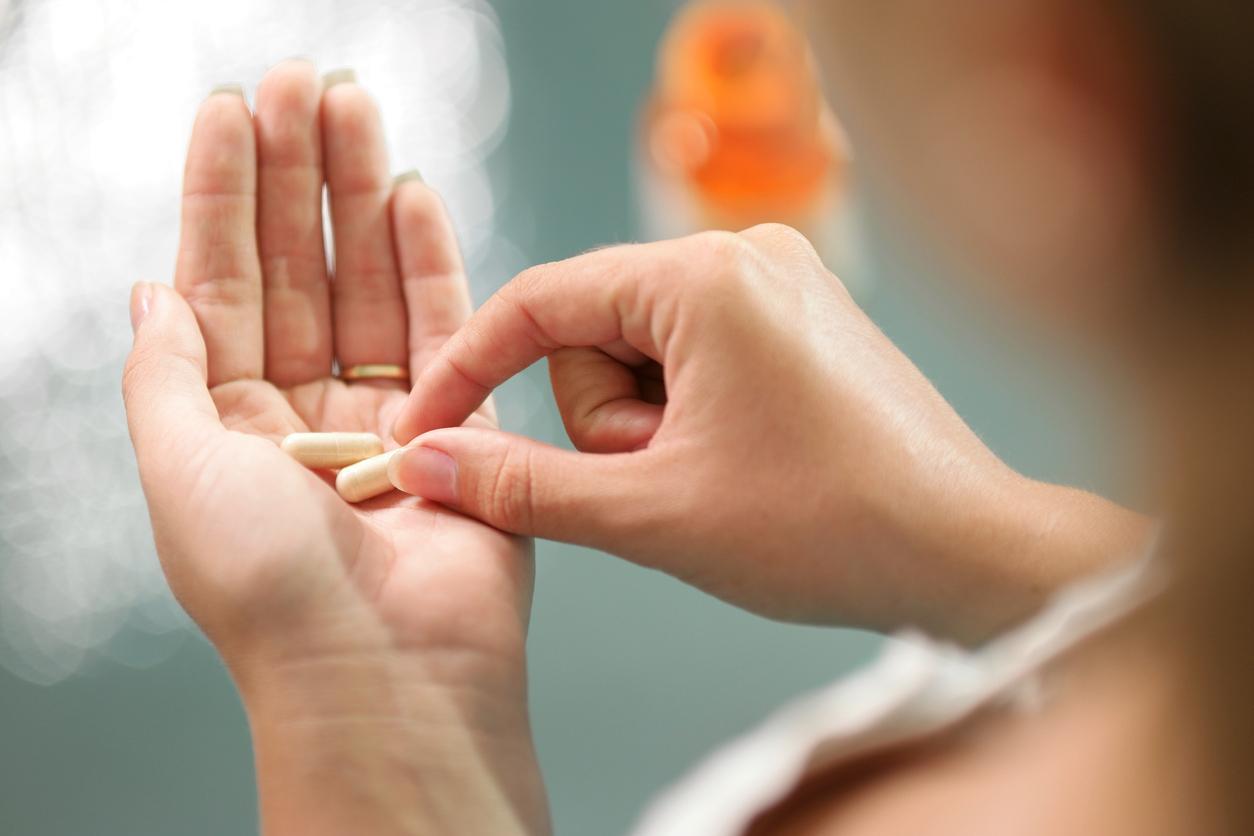I often hear the question: “Dr, do you have any easy tips for eating a balanced diet?” Indeed, today, we have difficulty making balanced dishes while respecting instructions that seemed obvious to previous generations. So I’m going to talk to you about the RDA, the famous Recommended Daily Allowances.
This AJR acronym, which appears on the packaging of all food products, indicates reference benchmarks allowingassess nutritional quality of a product in relation to the needs of the population (evaluated in terms of deficiencies).
Their development benefited from the evolution of a discipline which only appears in France, at the medical level, in 1985: nutrition. Does this mean anything to you?
Strictly speaking, this science analyzes the relationship between food and healththanks to the study of food compositionof their properties and their use by the bodyand the eating behaviors of individuals.
A knowledge long considered as the poor relation of medicine before we realize its potentialitiesparticularly in the prevention of a certain number of diseases.
The authors of AJR have demonstrated the greatest scientific rigor in presenting their recommendations, since they immediately stated the difficulties of developing a perfect model.
No perfect model for balanced dishes
There variability of foods, populations, knowledgeas well as the difficulty of implementing the studies necessary to establish these recommendations in fact prevent any absolute certainty.
Therefore, for safety reasons, these AJRs were increased by around 15%, both upwards and downwards. Which explains why we, nutritionistswe fight to explain that, sometimes, the recommended doses are higher than those in other countries – especially calcium – for simple safety reasons.
The initiators also underlined the need to repeat these studies regularlyso that they remain as reliable and close to reality as possible in order to maintain balanced dishes according to the evolution of the population.
This work was initially supposed to allow the food industry to refine its identification of deficiencies in order to offer suitable creations, products or dishes. In the end, the recommended daily intakes were mainly used to flood us with useless figures drowning out the fish.
no one anymoretoday, not even an emeritus nutritionist is able of calculate accurately all of its intake of vitamins D, C, B or trace elements at the end of a day! A shame, right? So how do we make sure we cook balanced meals?
By amplifying the hygienist discourse with figures of diabolical precision, which, sometimes, I myself was wrong to repeat, I fear that the AJR have had the opposite effect of that sought.
Not to simplify individual awareness and responsibility for balanced food and dishes, but on the contrary everything complexify to the point of leading everyone to panicthen abandoned, then in the arms of communities or simpler food religions to understand or apprehend.
The most frightening thing in this specific case is to see that we started from a logical, simple ideaintended to facilitate the nutritional understanding of the French to achieve a opposite result.
The PNNS, too simplistic a vision?
By what turn of events could this have happened? Well, probably because the general, official recommendations are not easily acceptable.
THE National Nutrition and Health Program (PNNS)he suffers from the opposite defect. Starting from the principle that it is necessary educate the masses using a simple speech, he professes recommendations that could not be more moderate, to put it mildly.
Like, and I admit it, the temptation is great to make fun of this simplistic advice:
- “eat your soup”,
- “drink your milk”,
- “don’t overindulge in sweets”,
- “don’t drink too much alcohol”,
- “try to vary your diet”…
But who does not know this?
Certainly, the nutritional education of the population is insufficient and it is undoubtedly good to recall such basic precepts, but I fear that the imprecision of the recommendations has the opposite effect to that sought by contributing not only to the dissemination of false information, but to the almost fraudulent use of certain scientific data.
No advice or guideline taken in isolation is sufficient ; this is why there is no precise recipe to ensure balanced dishes in all areas, perhaps fortunately, no dietary law to prevent or cure illnesses.
It seems more interesting to me, on the other hand, to persevere in nutritional research to finally arrive at useful recommendations.
Respect the RDA to eat a balanced diet
To be clear, the AJR are a good thing, going in the right direction, but, at the current stage of data development, it seems essential to me to inform the reader of themeasurement inaccuracy.
Especially since a recent study clearly demonstrates the existence of a very strong relationship between understandingpopularization nutritional instructions and their application to make balanced dishes. Which leaves a glimmer of hope.
I am not going to repeat the detailed recommendations of the PNNS here, that would be superfluous because you hear them every day and I have, admittedly with a little irony, recalled them a little above.
But know that working towards these goals is the way to achieve a better nutritional balanceto have an adequate intake of fibers, minerals And vitaminsto reduce the risk of being or becoming obese, hypercholesterolemic and/or hypertensive, and to reduce the risk of developing certain diseases.
Eat balanced and respect the recommended daily intake, it’s within everyone’s reach.


















